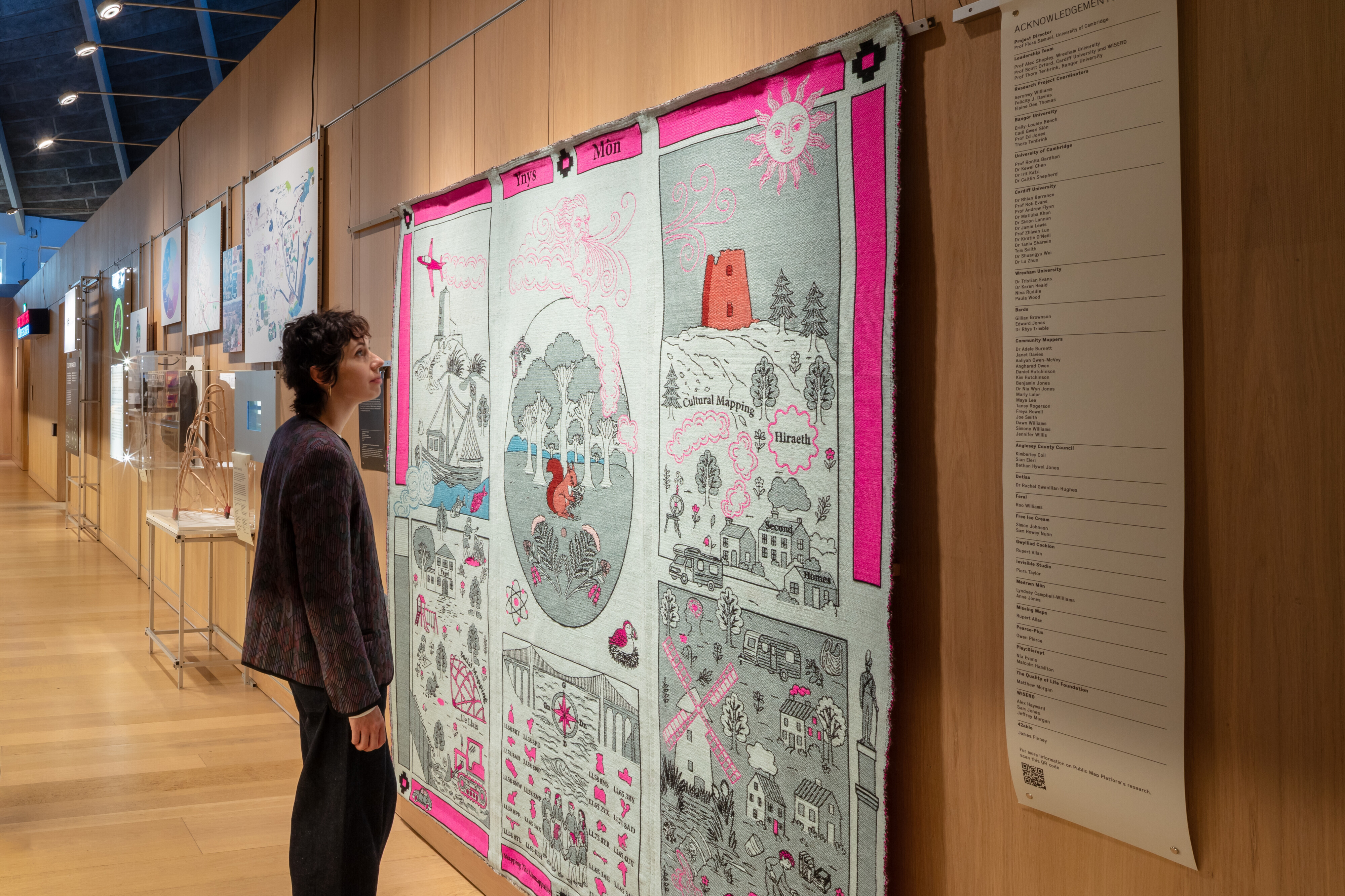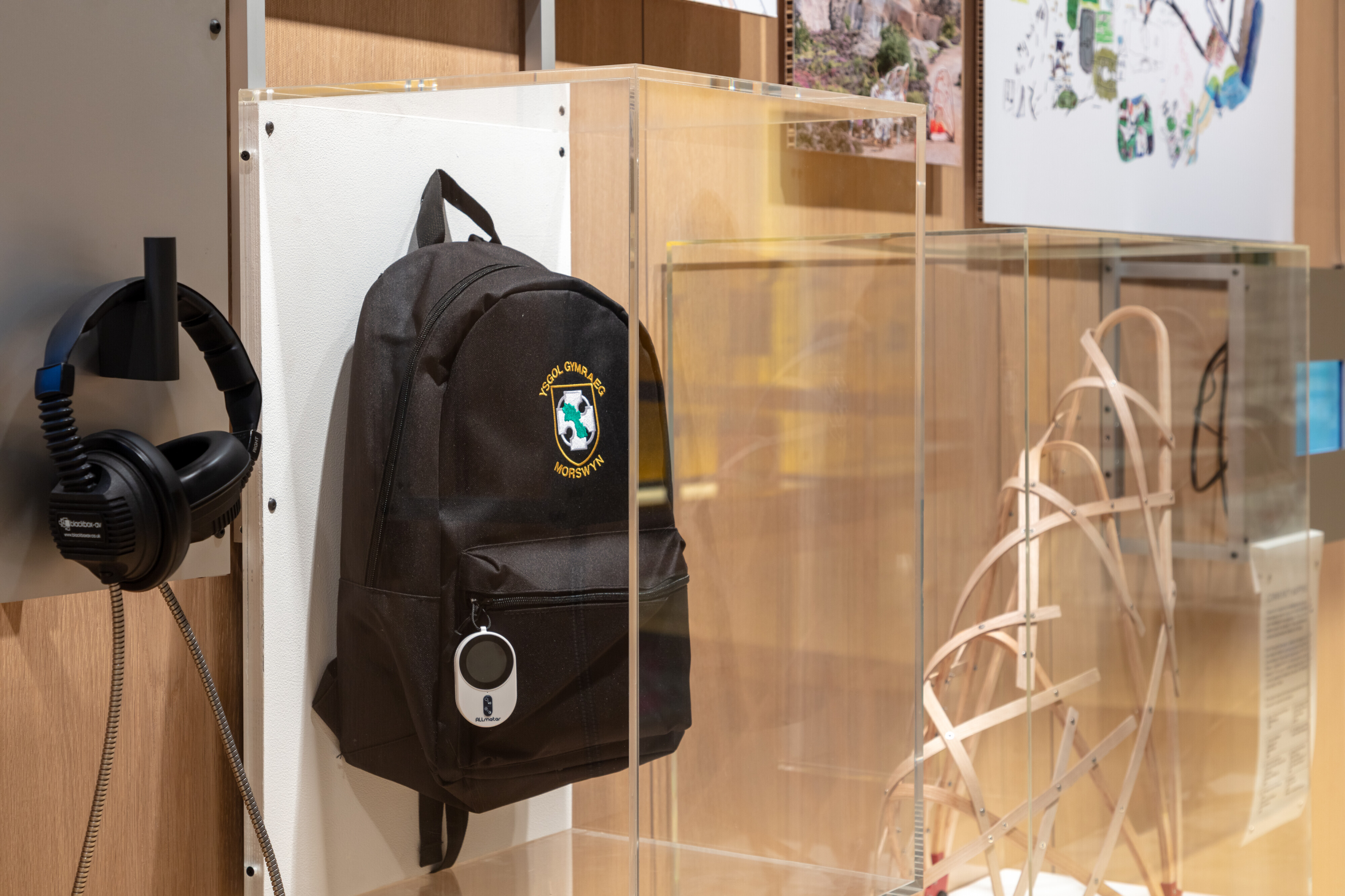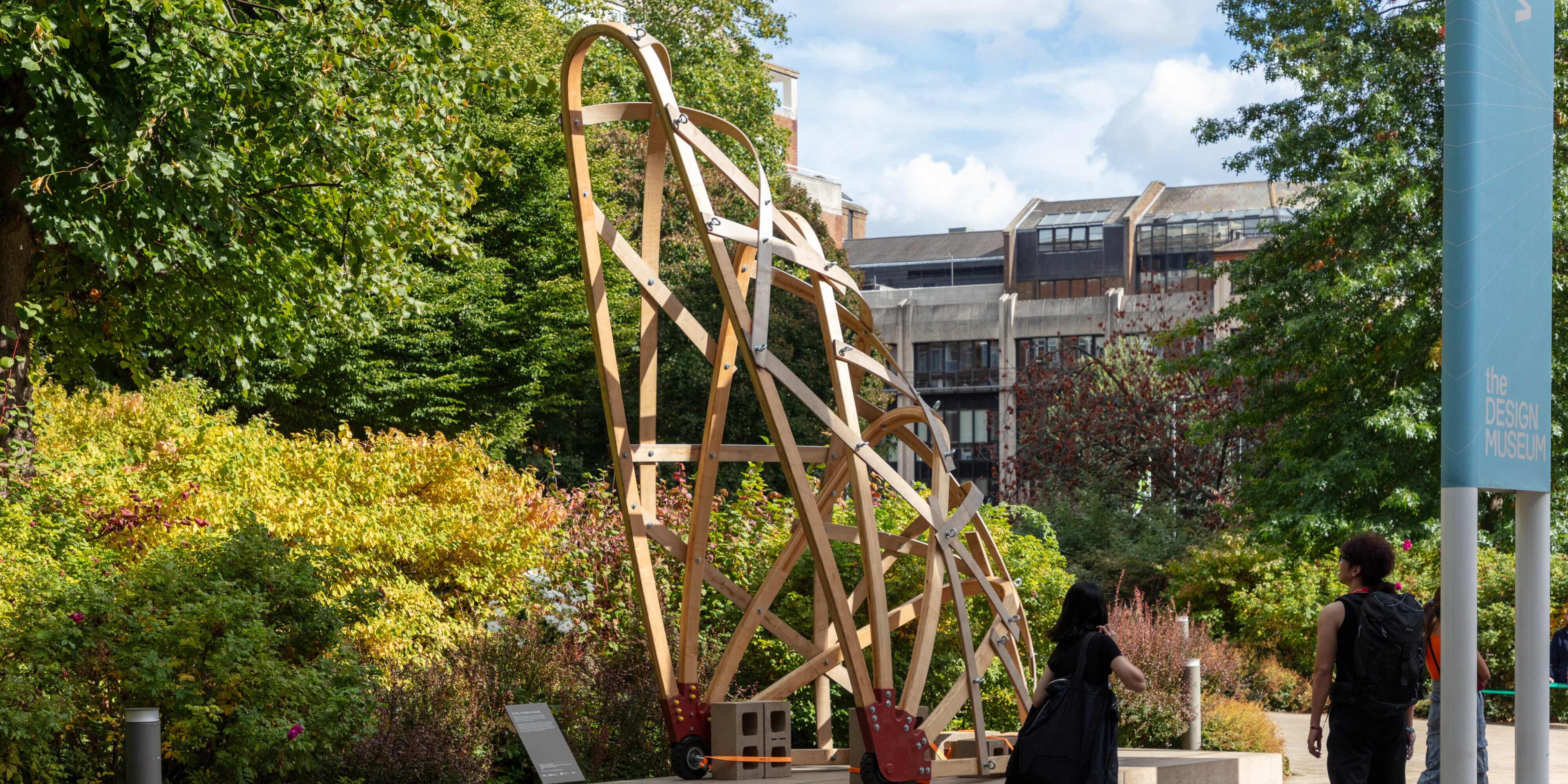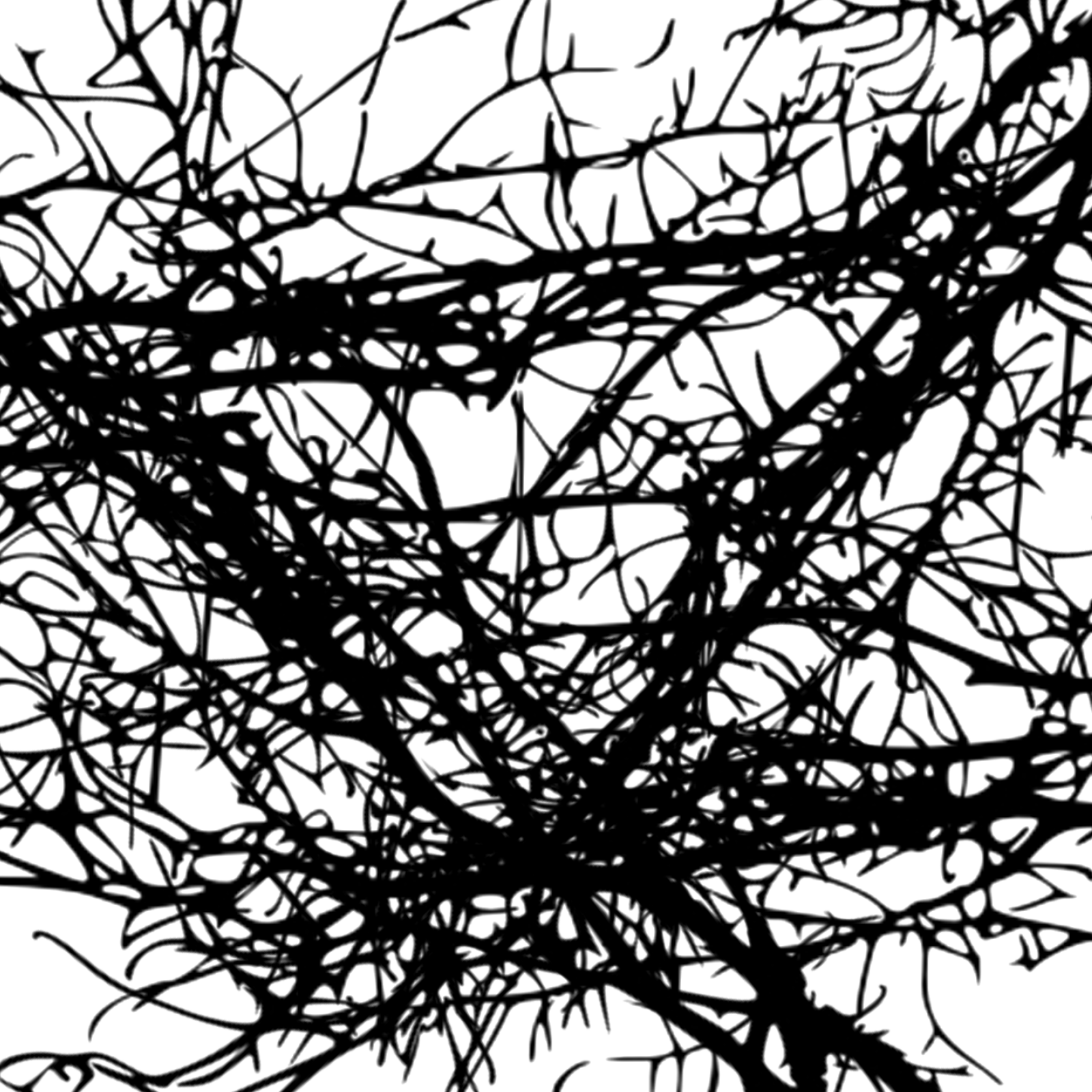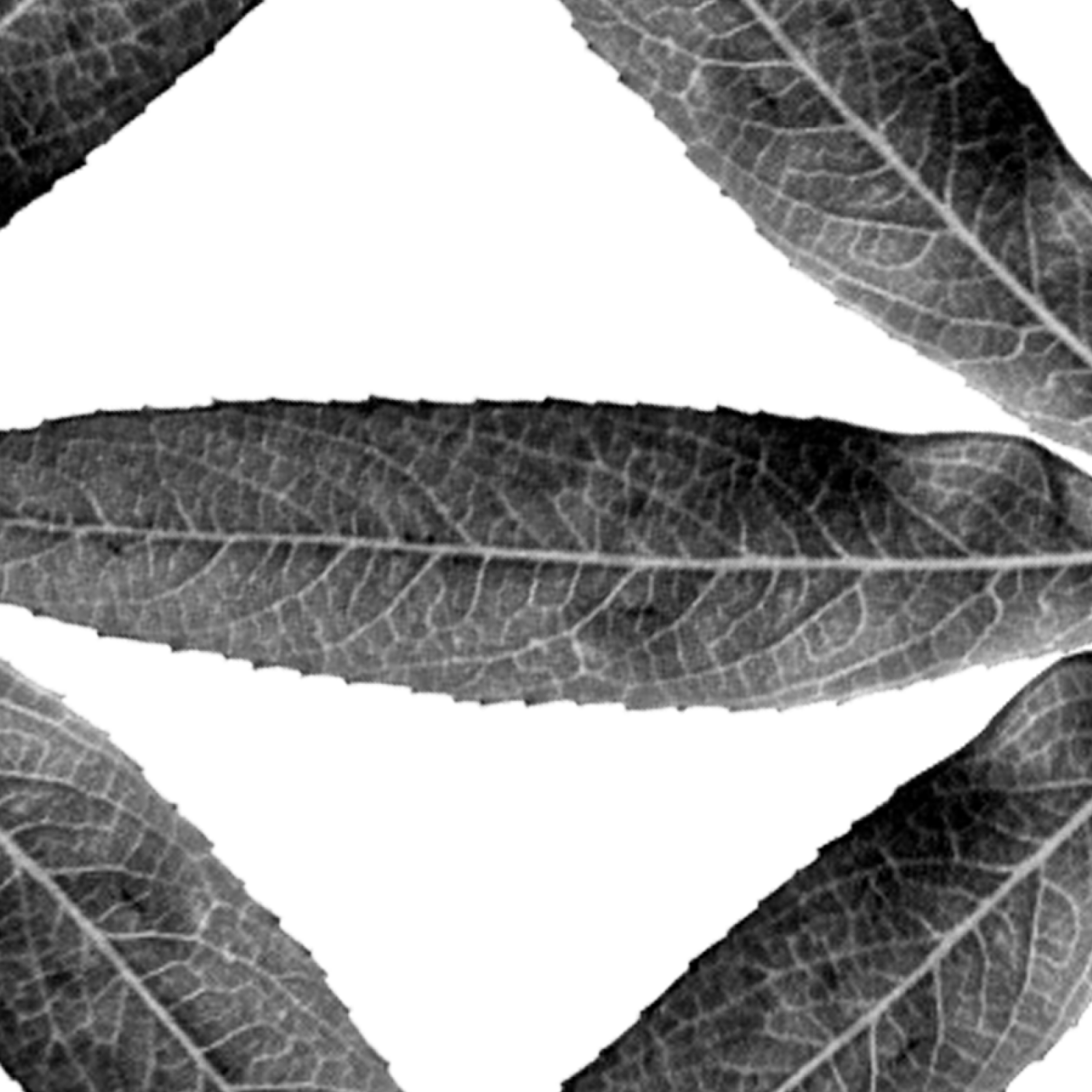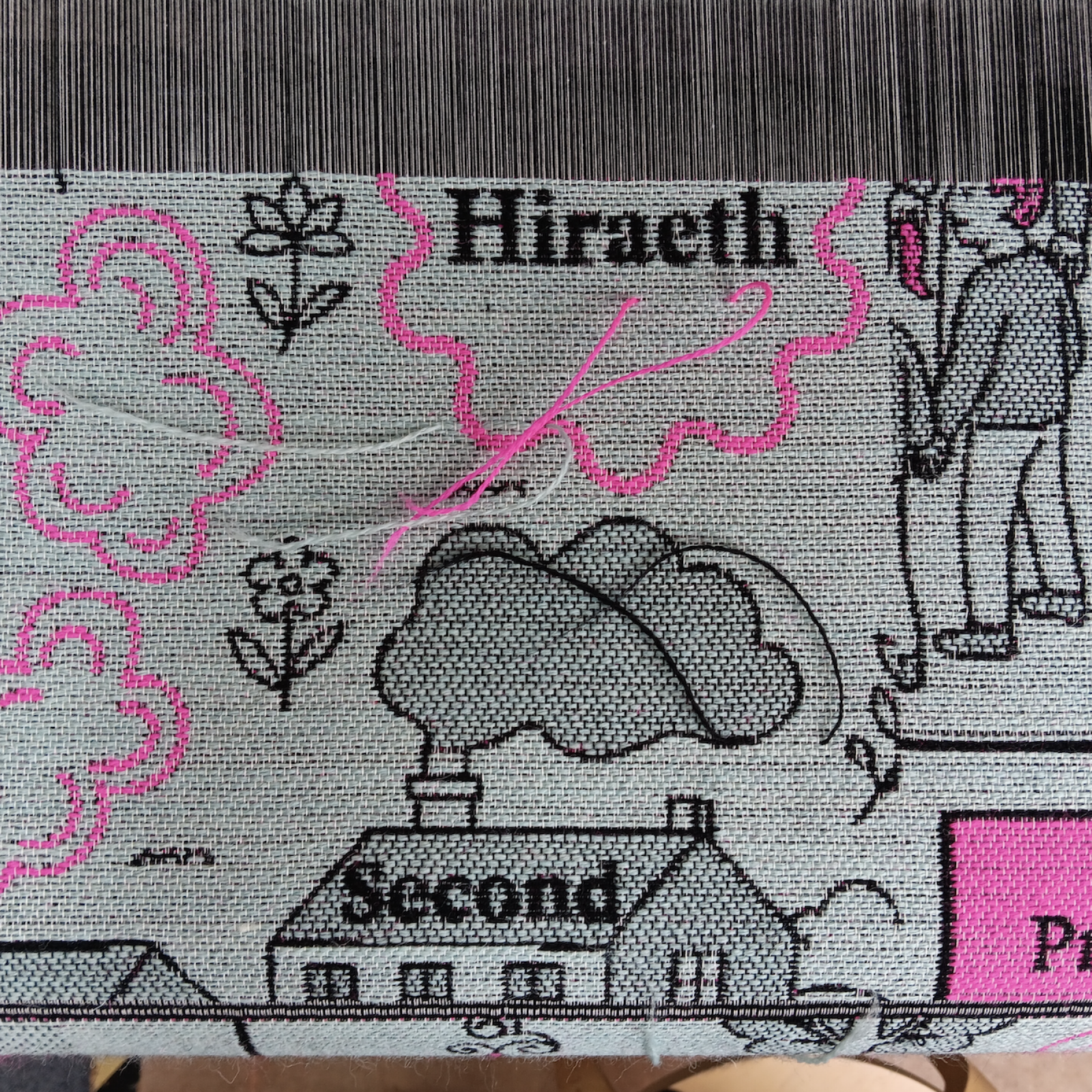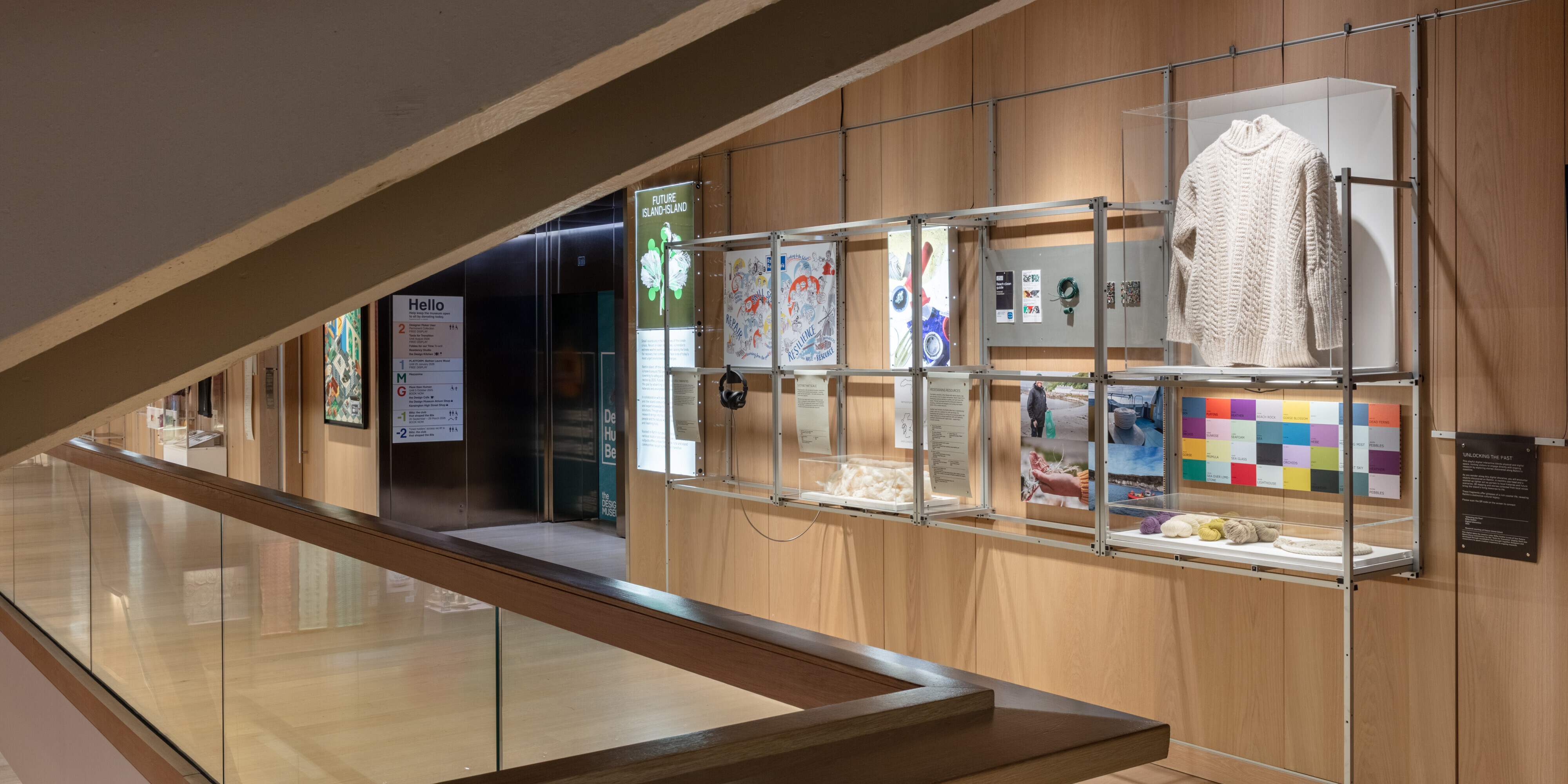
In this free display, discover four research projects from across the UK that are driving change in housing, healthcare, local planning and resource management.
Together, these projects show how design-led research can be translated into practical tools to transition into a greener future.
The green transition is about more than cutting carbon emissions or switching to renewable energy sources. It means making impactful changes to how we build our homes, care for each other, develop our neighbourhoods and manage local resources.
Tools for Transition presents four Green Transition Ecosystem research projects from across the UK that demonstrate how design is driving these changes.
Based in Scotland, Rathlin Island (Northern Ireland), Ynys Môn (North Wales), Bristol and Swansea, these projects show how scalable, design-led research can be translated into practical tools for transitioning to a greener future.
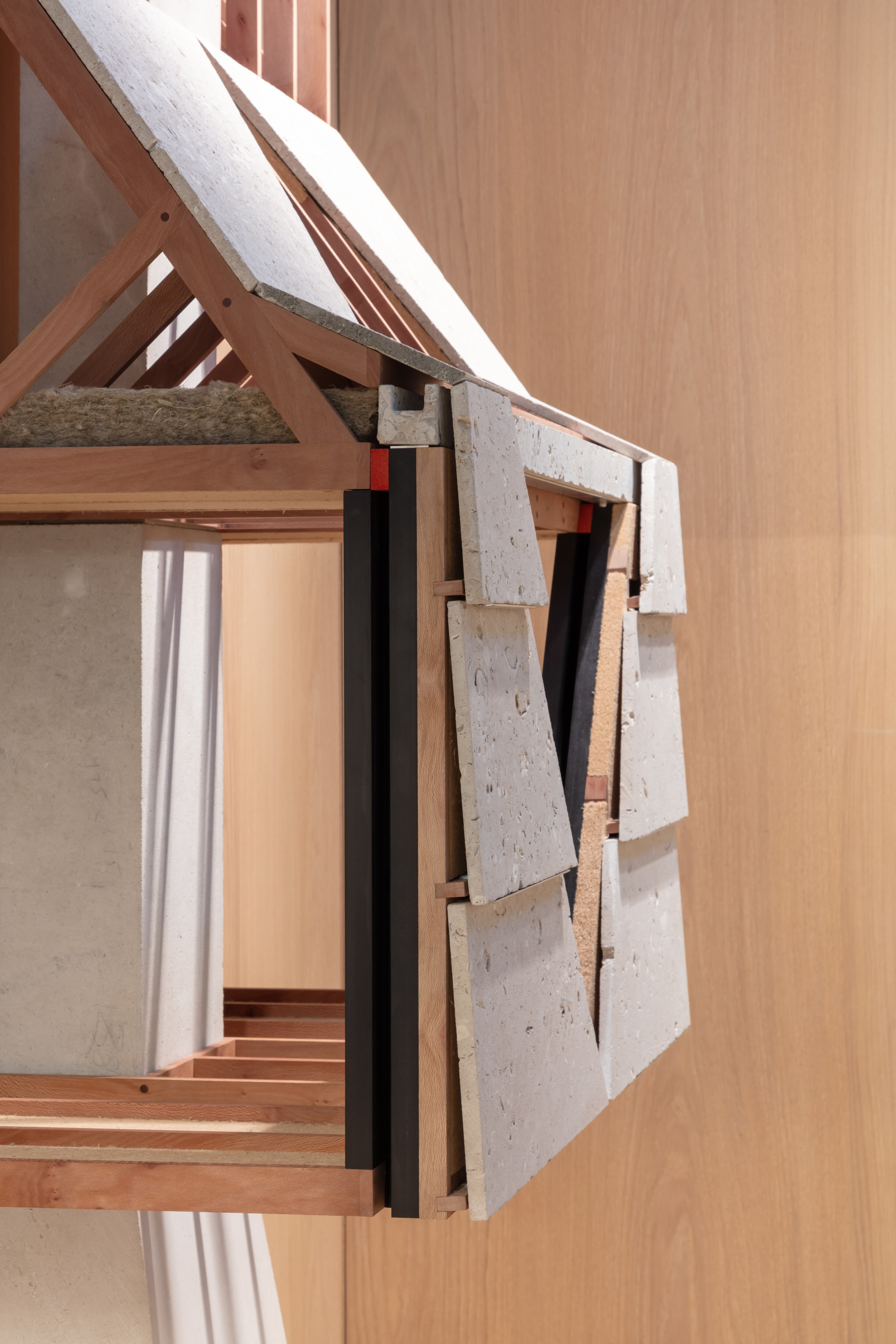
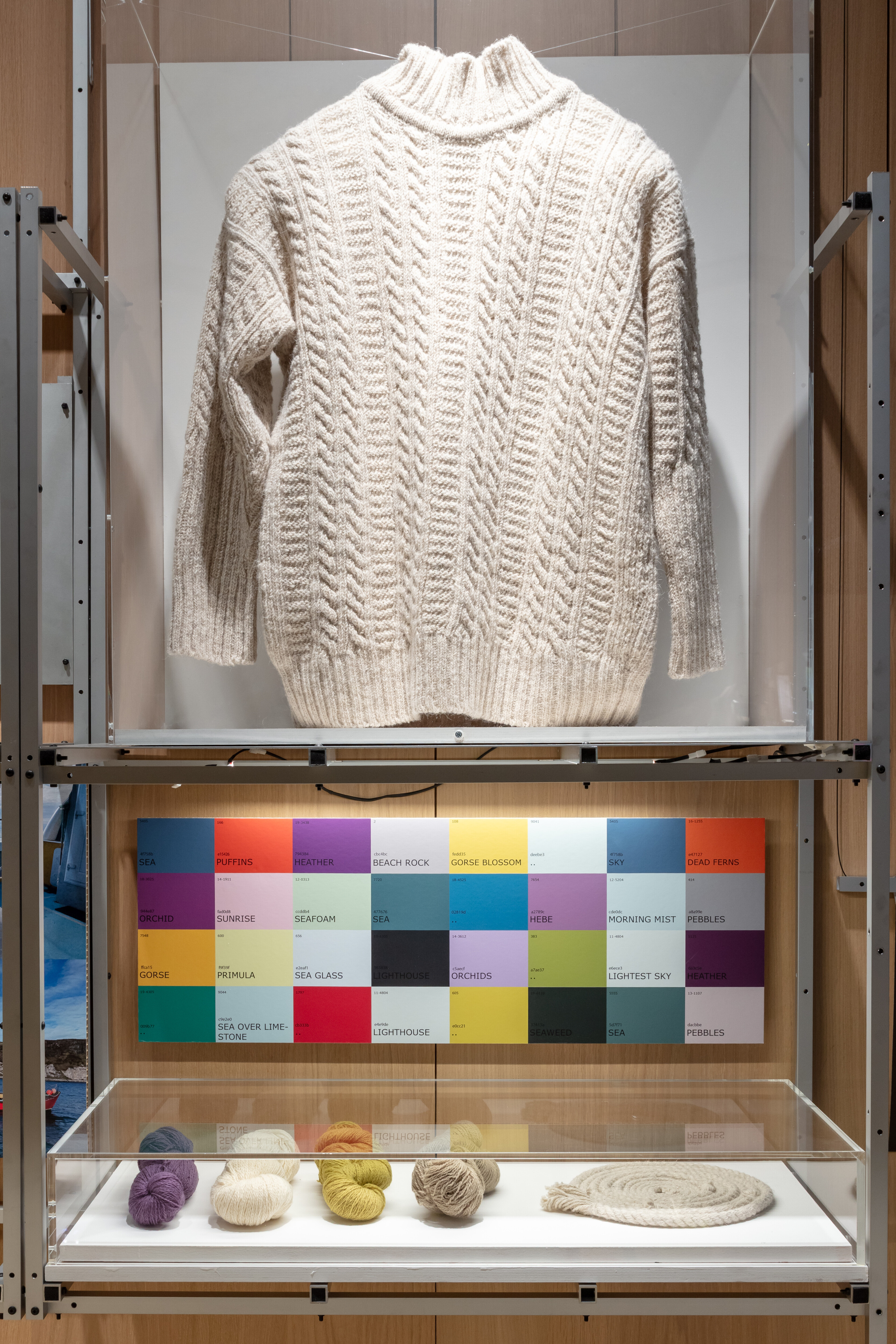
The display involves four Future Observatory commissions, developed through roundtables that brought together designers and researchers to spark creative responses to ongoing research for the green transition. The commissioned designers include Irena Gajic, Rifke Sadleir, Saqqra and Sahra Hersi with Dash & Miller.
Commissions
Tools for Transition features four commissions which have brought together researchers and designers to create a visual response to each of the Green Transition Ecosystems’ ongoing research and communicate key themes to Design Museum audiences.
‘Landscapes of Care’ imagines an NHS Scotland estate in the late 2030s – one fully integrated into its local neighbourhood. Illustrated by designer Irena Gajic this hospital of the future is not only a place of treatment, but also a shared green space that supports well-being and biodiversity.
‘Unlocking the Past’ playfully invites visitors to engage directly with ongoing research by exploring stories discovered along Rathlin’s coastline. Designed by creative coder Rifke Sadleir, 3D mapping and stories collected from local voices bring the island’s living memories to life.
‘Herth’ explores the historically central role of the hearth in the home. Designed by Saqqra, this model anchors the chimney – traditionally a source of heat – and reimagines it as a passive system for ventilation and cooling in response to an ever-warming climate.
‘A Tapestry for Anglesey’ captures the layered experiences and shifting realities of life on Ynys Môn. This tapestry by artist Sarah Hersi was hand-woven on a jacquard loom by Dash and Miller. Its creation is a nod to the tradition of Welsh tapestry making, reimagined here to reflect contemporary stories, social landscapes and the unmappable aspects of life.
These four Future Observatory commissions emerged from roundtables and co-production workshops that brought together designers and researchers to spark creative responses to ongoing research.
Design HOPES
The display begins in Scotland’s hospitals, exploring ways in which the NHS can reduce its environmental footprint. From circular waste systems to new digital services and toolkits, researchers are designing scalable interventions to transform the UK’s healthcare services.
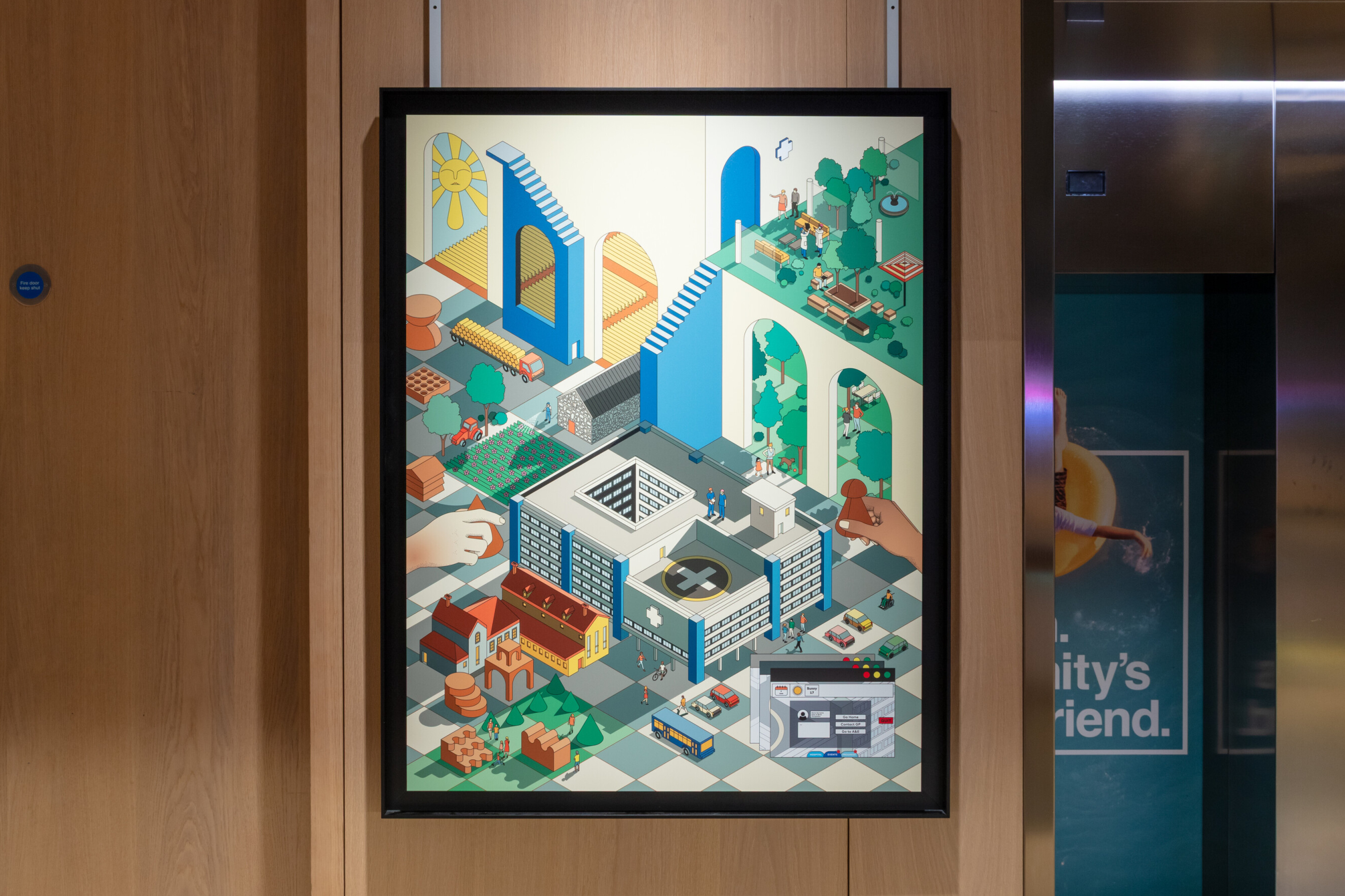
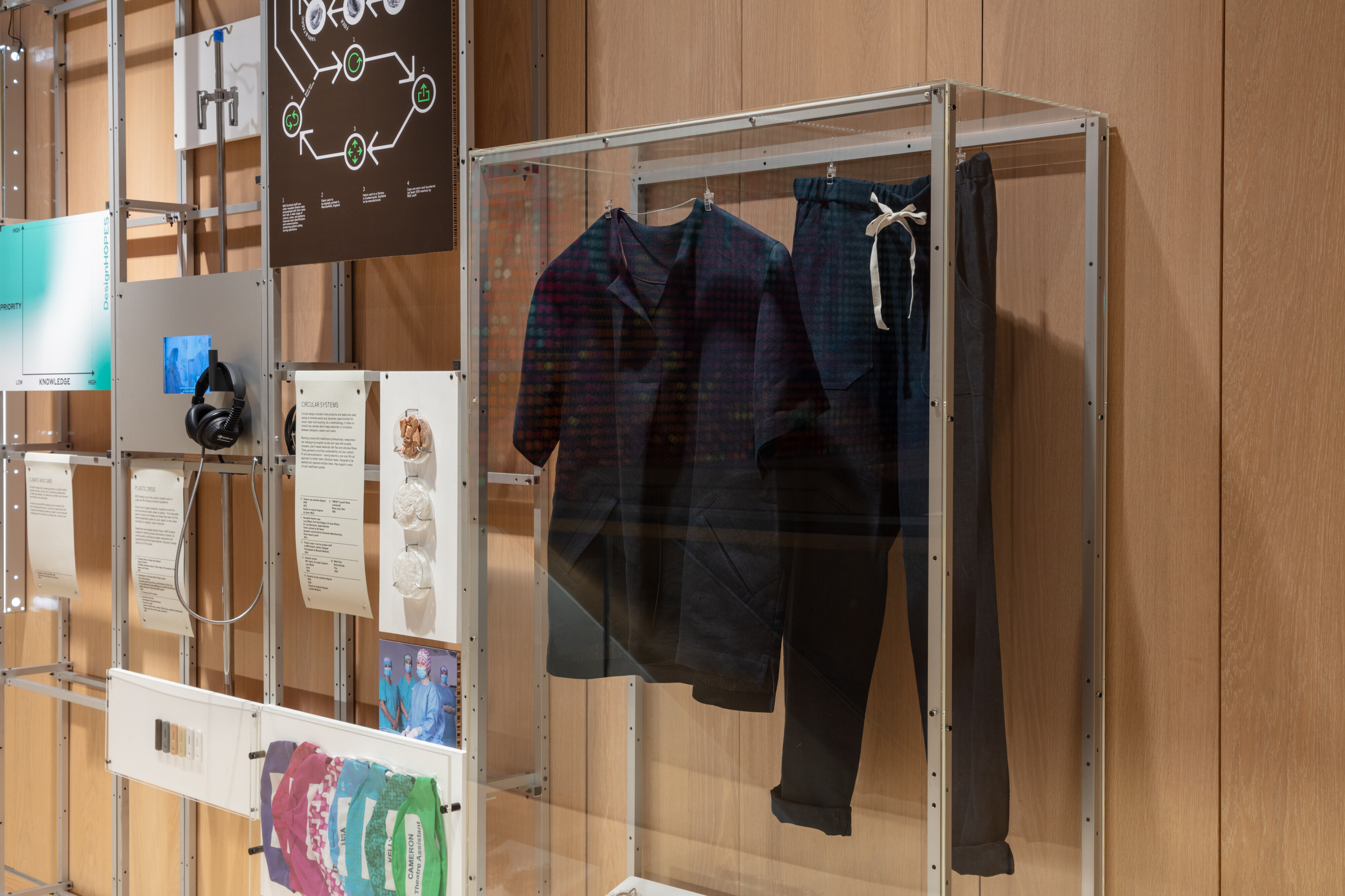
Future Island-Island
The second section focuses on Rathlin island and its efforts to safeguard its community’s future. Drawing on local knowledge and expertise, researchers are advancing circular approaches to waste – helping the island build resilience and self-sufficiency.

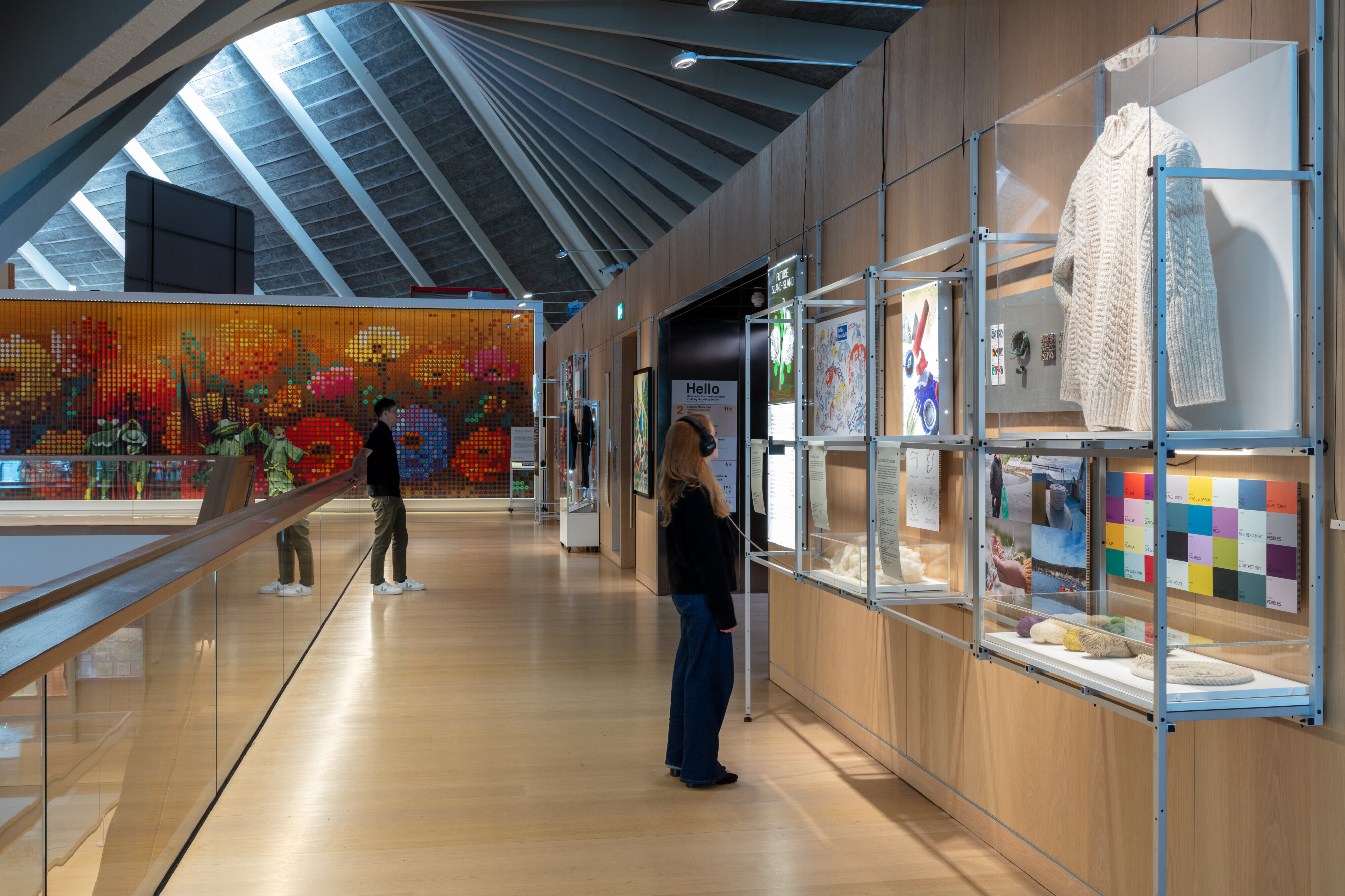
Transforming Homes
The third section takes us into nine council-built houses in Bristol and Swansea – each of which is undergoing a major transformation. Incorporating bio-based materials, harnessing renewable energy and designing more liveable spaces, researchers are testing ways to future-proof our homes and address the UK’s housing crisis.
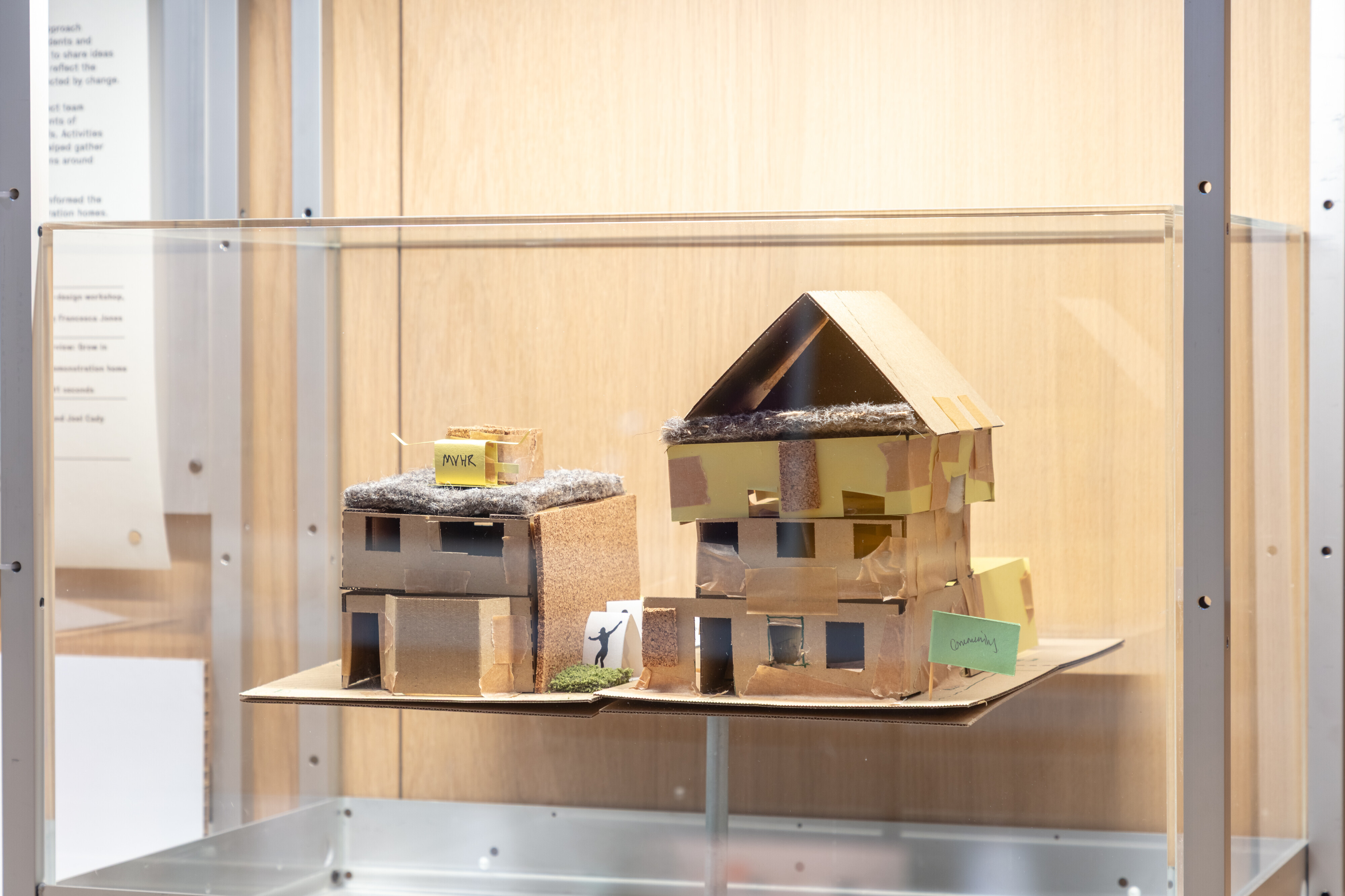
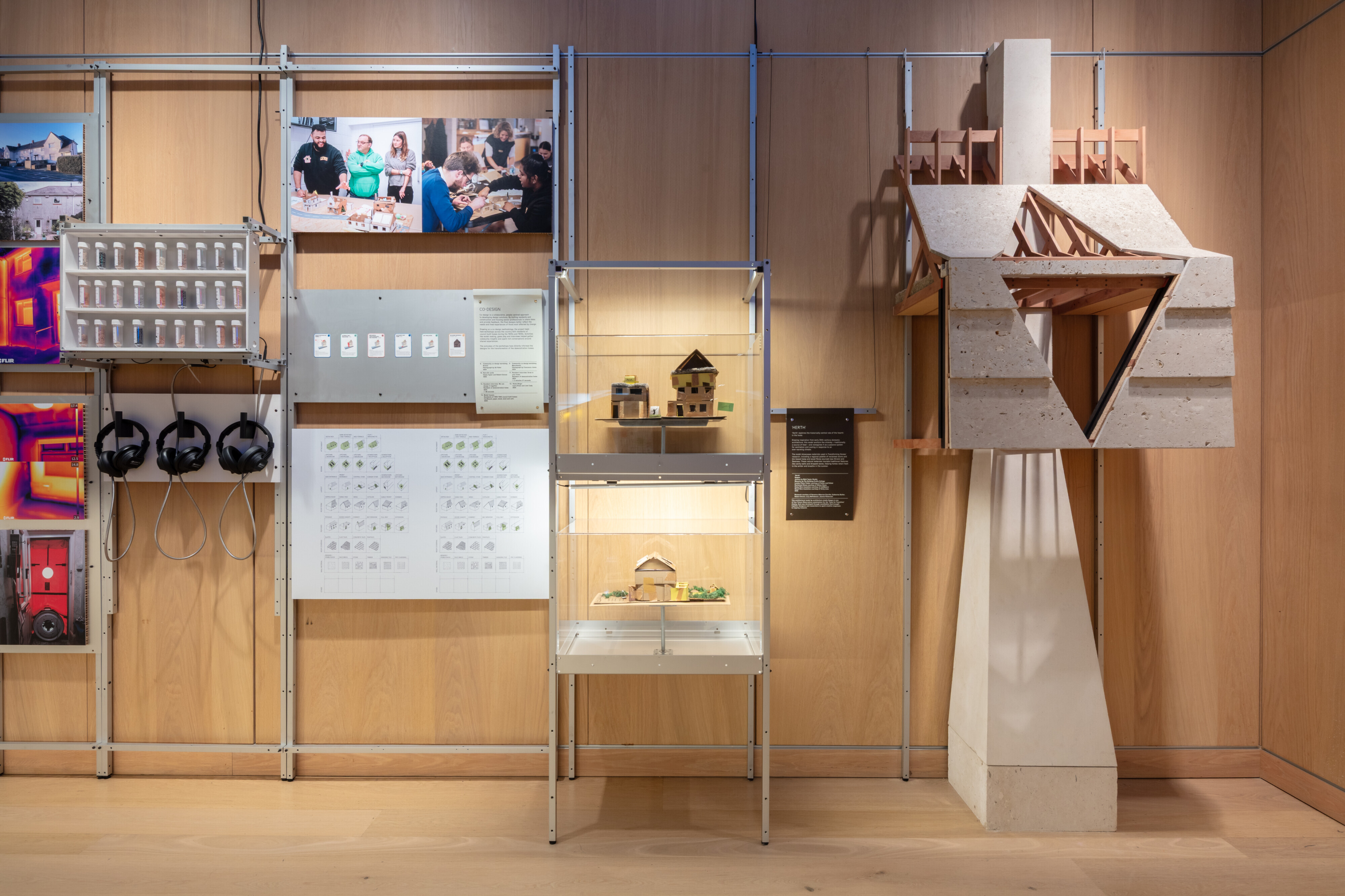
Public Map Platform
The display ends in Ynys Môn where the processes for planning and development decisions are being rethought. By engaging with young people and gathering different types of data – environmental, social and cultural – researchers are developing a new kind of map which prioritises the cares and concerns of future generations.
